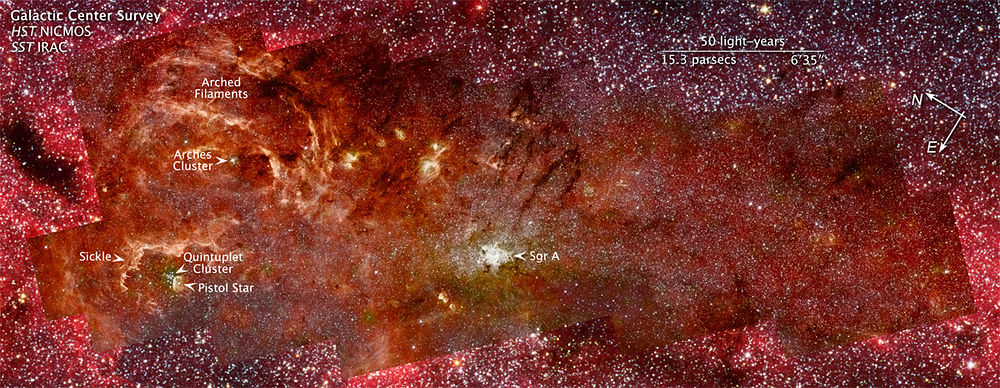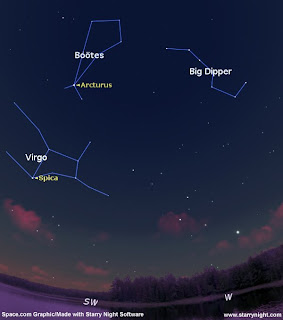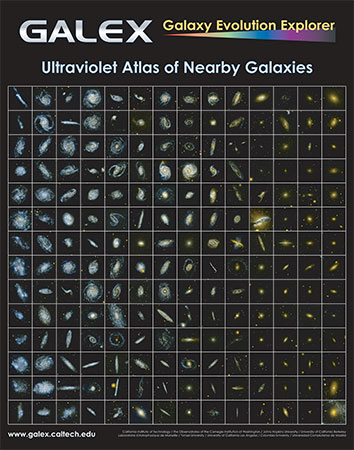biddie67 wrote:Ann wrote: ... This is an image of the center of the Milky Way. The bright white object in the middle is a dense star cluster surrounding the black hole at the center of our galaxy. However, at present nothing is falling down into the central black hole of our galaxy, and the black hole is quiet. Even so, our own galaxy is brightest at the center.
Ann introduced to me the concept that a black hole can, at times, be "quiet". Obviously, the time span that we have observed the existence of black holes is so limited but what could make them start up to begin with, turn off and on -or- perhaps even cycle through active and less-active states? Are there any theories about this?
The way I understand it, Biddie, it's fairly normal state of affairs for central black hole to be quiet. The thing to bear in mind is that a central black hole with stars orbiting around it can be regarded as an extremely enlarged version of our own solar system. At the center of the solar system is the Sun, which contains, if I remember correctly, as much as 99% of all mass in our solar system. The planets with their moons orbit around the Sun, as well as asteroids, comets, minor planets and assorted space debris.
Now, how often does anything actually fall into the Sun? It happens, particularly for comets, which tend to follow highly elliptical orbits around the Sun. On the other hand, most comets are really low-mass, and the Sun isn't very much affected by swallowing one of those. But what would happen if a planet, say Mercury, actually fell into the Sun? My guess is that the Sun would act up quite noticably.
But the thing to remember is that things don't normally fall into the Sun. It is much the same things with central black holes. Things don't normally fall into them, and then the black holes are quiet.
In some cases, however, a steady stream of gas is funneled into the central black hole of a galaxy, and you get an active black hole and quite possibly a bright accretion disk.
This is a picture of the central part of giant elliptical galaxy M 87. Even though M 87 is an elliptical galaxy with no star formation and no gas in its outer parts, there is nevertheless gas swirling around the trillion Solar mass central black hole and being funneled into it:
In response to the gas being funneled into it, the black hole of M87 blows a powerful jet:
In fact, M 87 is like a volcano, all of it powered by the gas being funneled into the central black hole:
This image was
recently posted here by bystander in another folder, by the way.
Two other large elliptical galaxies blow incredible jets, NGC 5128 and NGC 1275. Both these galaxies are ellipticals that are undergoing tremendous collisions with spiral galaxies. Gas from the spirals are being funneled into the supermassive central black holes of the ellipticals.
NGC 5128.
NGC 1275.
Why is the central black hole of the Milky Way quiet? Well, "our" hole is lightweight compared with the typical black hole of a giant elliptical. Also, our galaxy isn't undergoing a merger or a collision. There is no guarantee that gas won't suddenly start being funneled into the central black hole of the Milky Way, and it will almost certainly happen when the Milky Way passes close to the Andromeda galasy a couple of billion years from now.
Ann
 Hoags Object: A Strange Ring Galaxy
Hoags Object: A Strange Ring Galaxy










